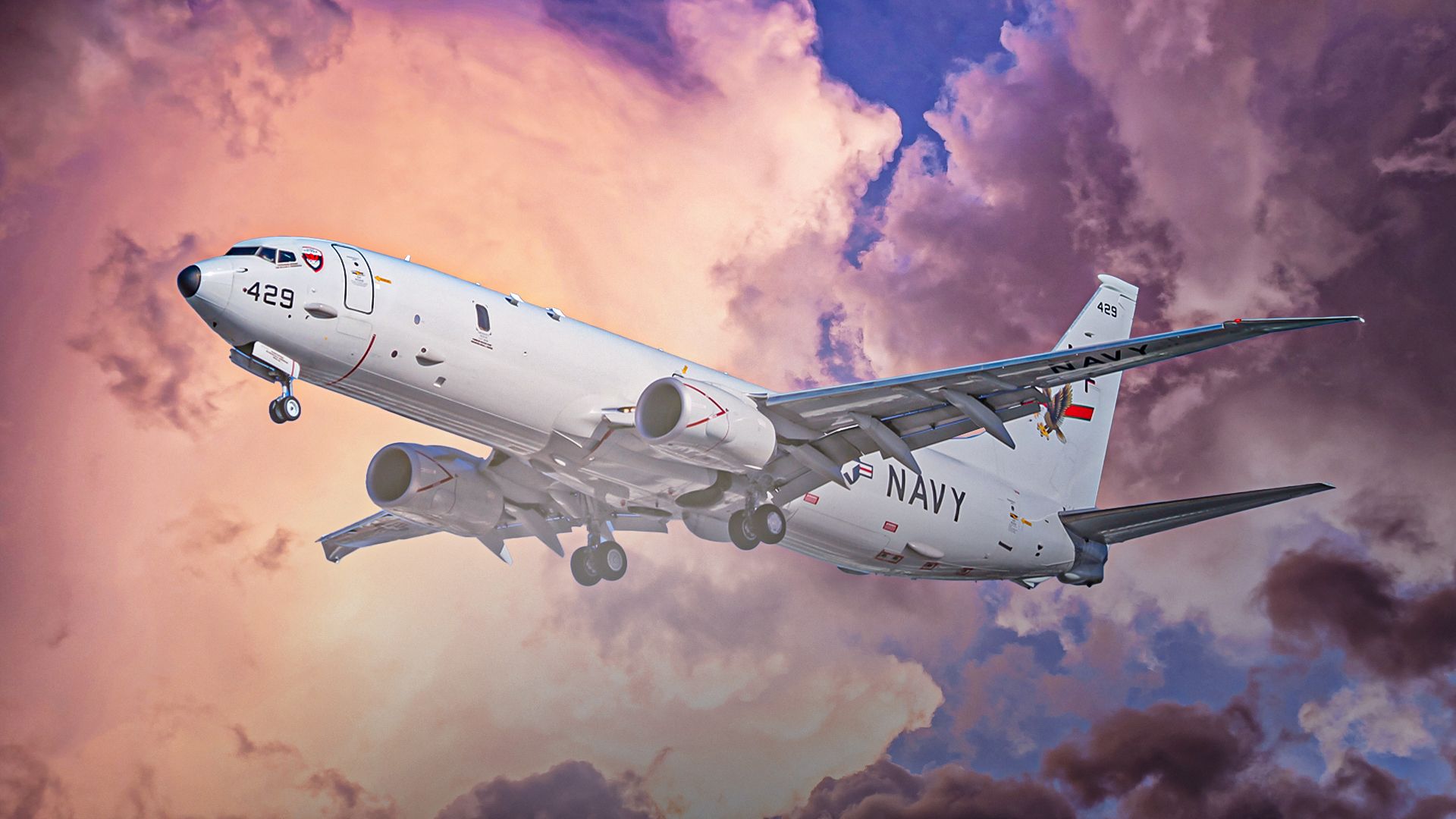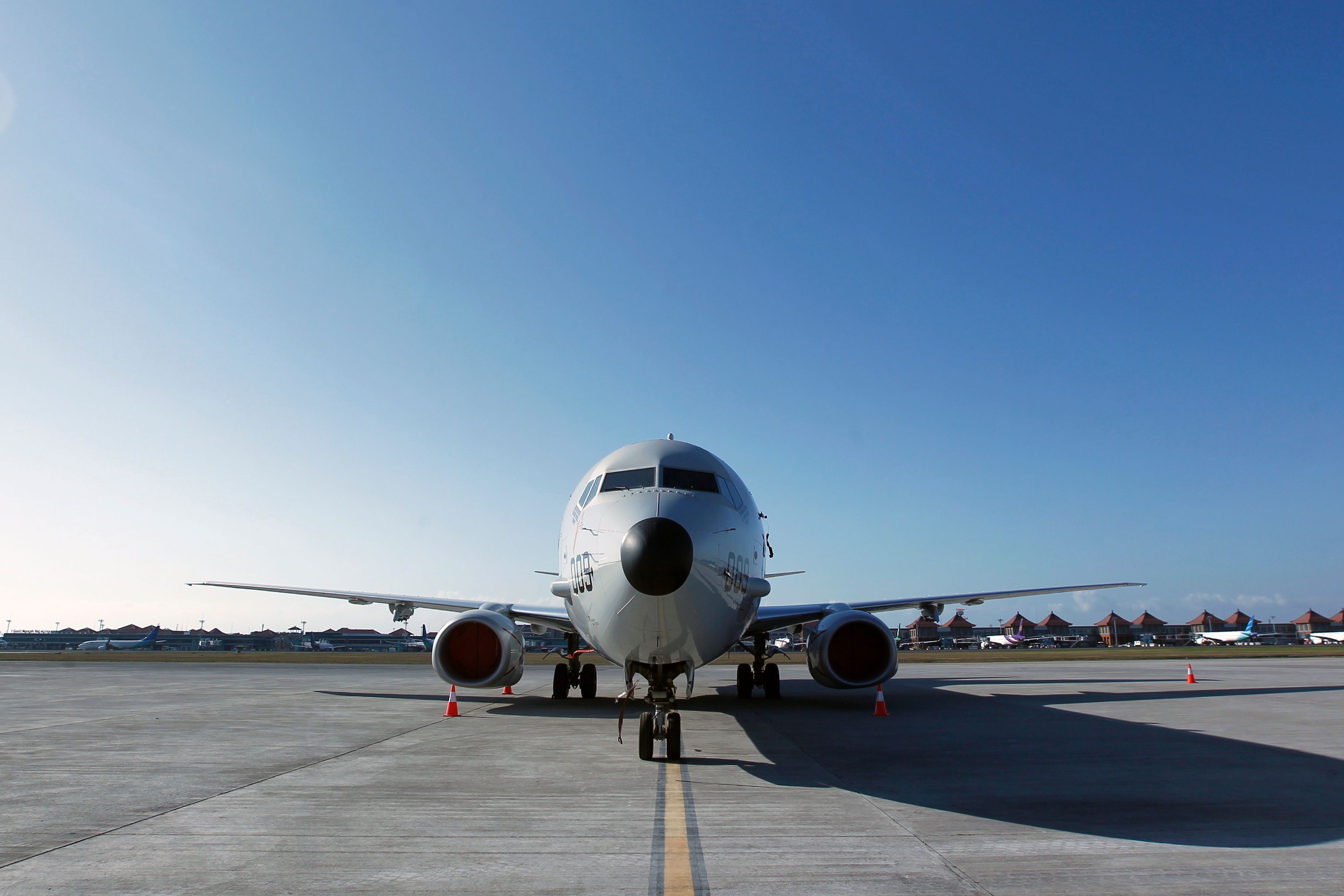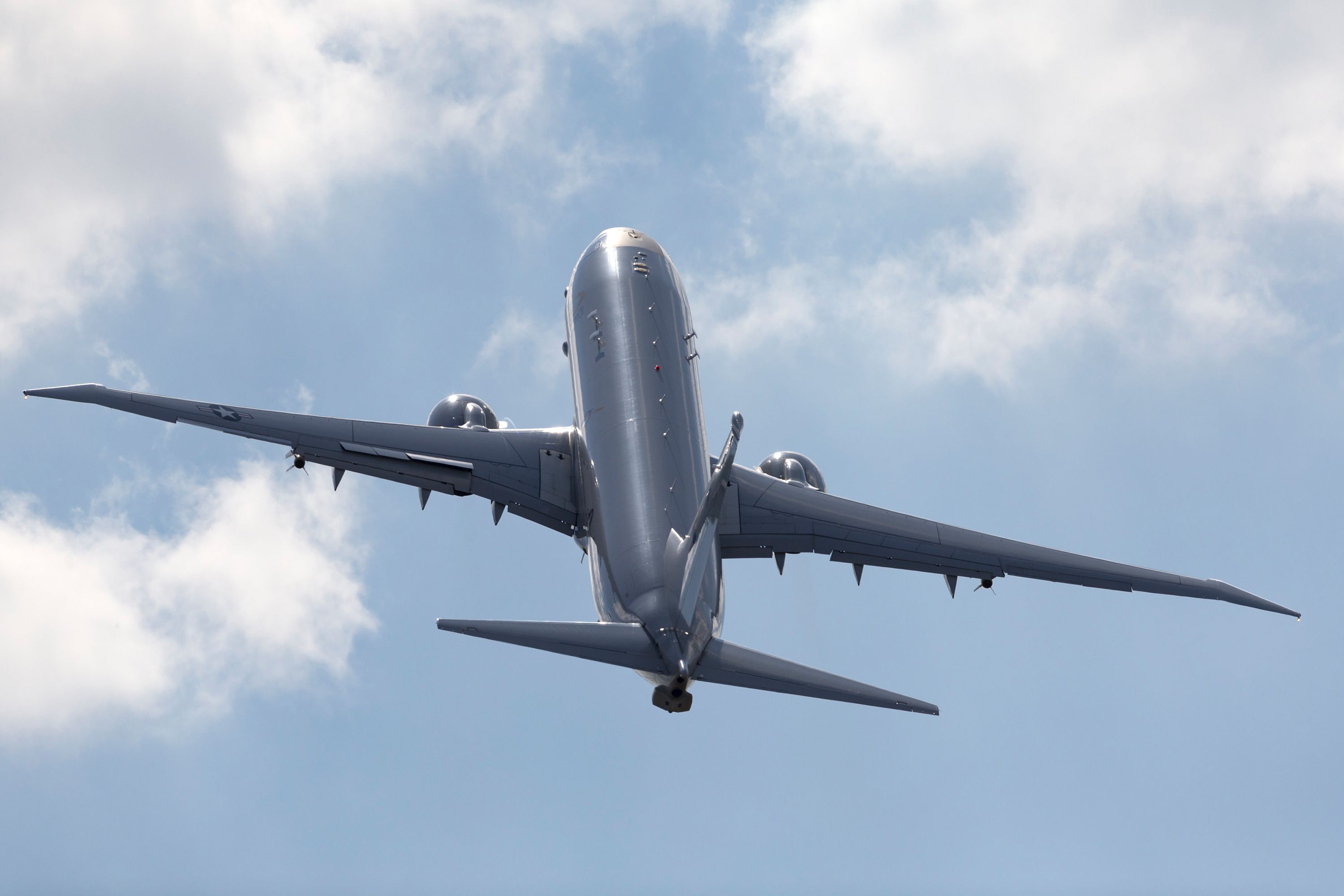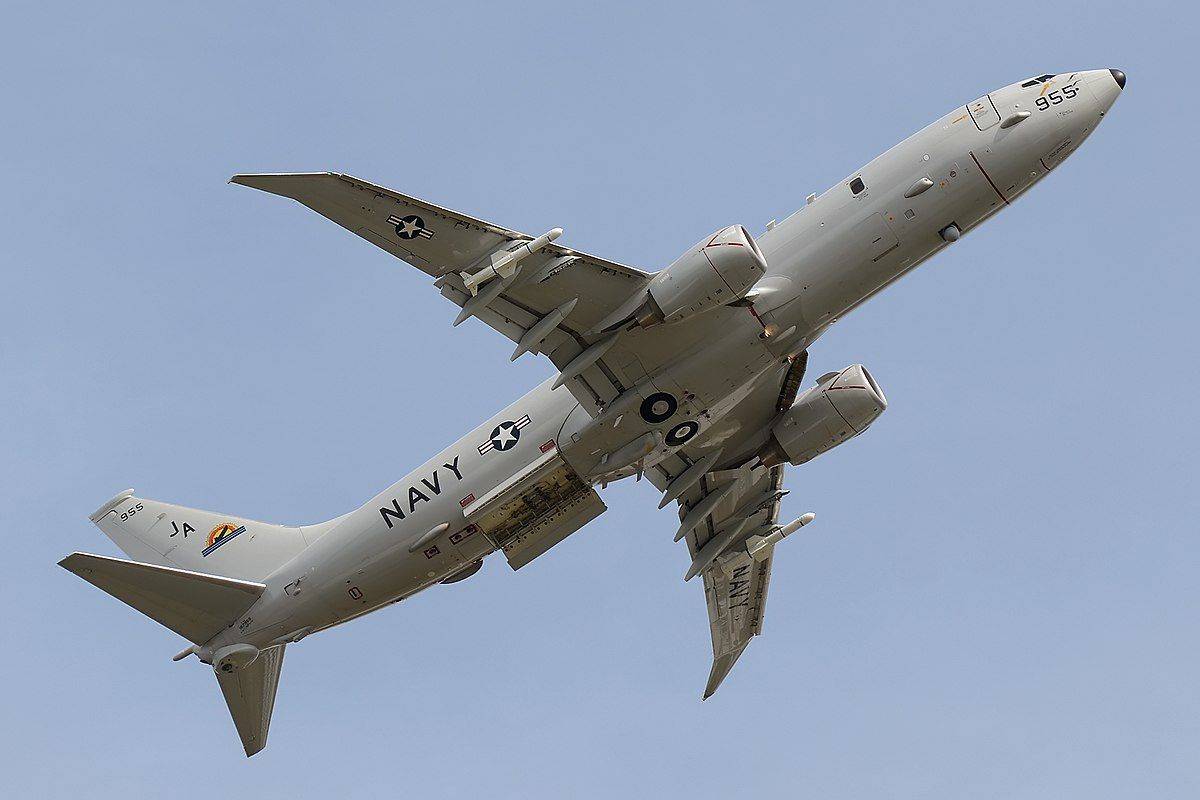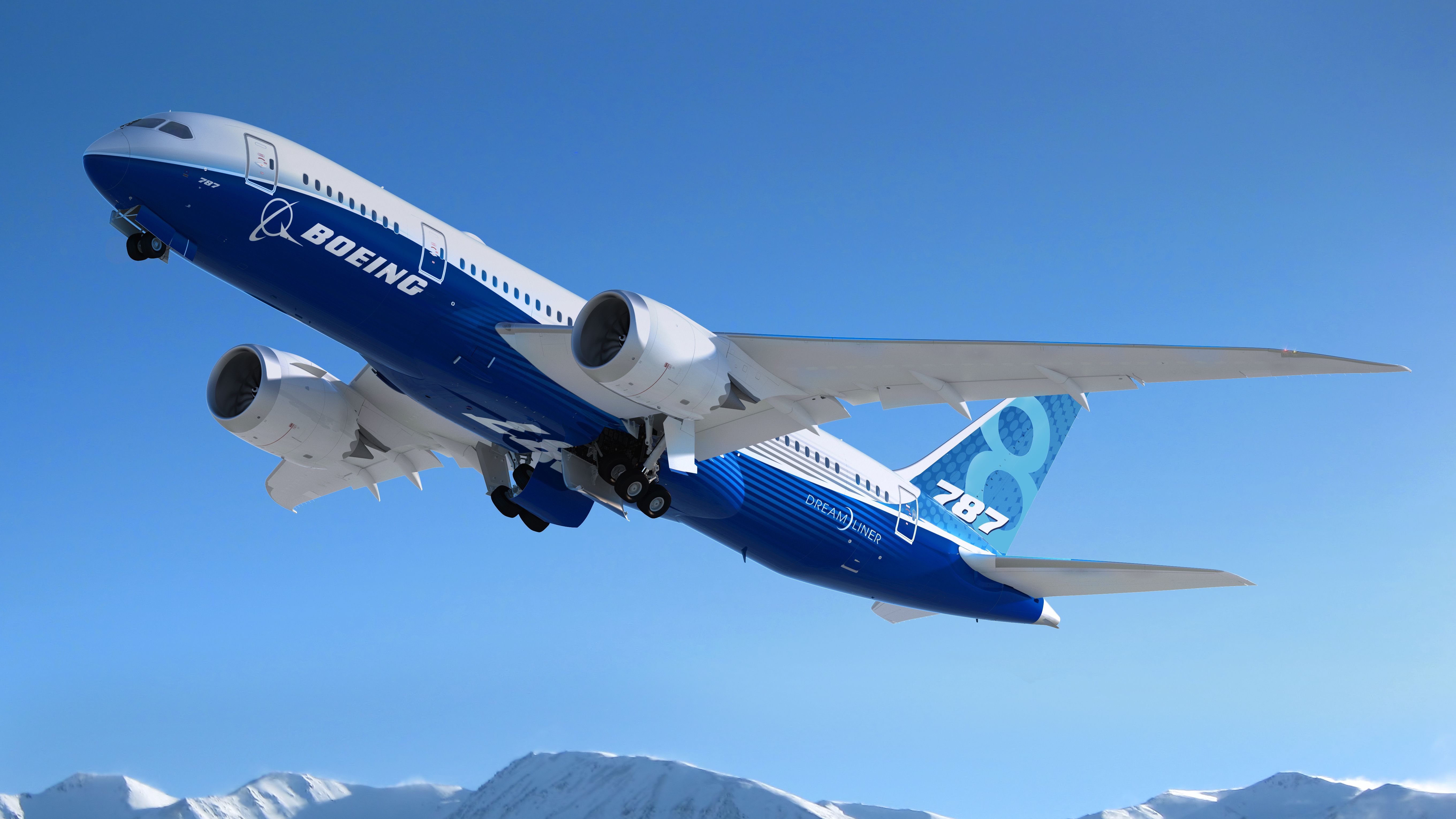Summary
- The P-8 Poseidon is the successor to P-3 Orion
- The aircraft is a modified Boeing 737-800 with many changes to make it more maneuverable and mission-capable.
- There are 170+ planes in service with the US Navy, UK RAF, and Indian Navy, among others.
The US Navy’s Boeing P-8A Poseidon is a multi-mission maritime aircraft that conducts long-range anti-submarine warfare (ASW), anti-surface warfare, intelligence, surveillance, and reconnaissance (ISR). It was developed from the civilian Boeing 737-800 Next Generation. Boeing Defense, Space, and Security, the manufacturer’s military arm, builds the aircraft.
The aircraft
MMA program and development
The P-8 is the successor to the Lockheed P-3 Orion and was born from the Multimission Maritime Aircraft (MMA) program, which began in 2000 to replace the aging Lockheed P-3 Orion. That aircraft had been in operation since 1962.
Boeing officially won the contract for the program in 2004 and used the 737-800 airliner as a base airframe for the Poseidon. The aircraft was considered operationally effective and ready for fleet introduction after significant flight testing, successful missile testing, and buoy drops.
In January 2014, the aircraft was given the go-ahead for full-rate production of the P-8. The program was successful and under budget. More importantly, Boeing sold the aircraft to the Navy for $150 million a unit, as opposed to the original forecasted amount of $216 million. According to the Navy’s annual budget, in 2023, each aircraft cost roughly $173 million to produce.
Design
The P-8 is a 787-800ERX variant with multiple modifications to make it mission-capable. In contrast to commercial operations, the P-8 has to operate at significantly lower altitudes to spot and attack submarines under the water’s surface. It also has to be more maneuverable to avoid potential attacks.
Photo: Wulandari Wulandari | Shutterstock
However, to keep costs down, the changes would have to fit the existing 737 assembly line. These included structural modifications to the airframe to handle higher G-loads and weight. Stronger wings from the 737-900 were also installed for this purpose. The wings have mounting points for missiles.
To increase range, raked wingtips from the 767-400ER were used in favor of the 737NG’s blended wingtips. A bomb bay was also installed behind the wing assembly to drop buoys and fire torpedoes.
An electro-mechanical expulsion deicing system (EMEDS) was incorporated since the aircraft is much more susceptible to icing at lower altitudes. The system uses a shockwave induced by actuators to clear the ice build-up.
High-capacity electric generators that produce 180kVA are fitted to the CFM International CFM56 engine to power the vast electronics and surveillance equipment onboard. The subcontractor had to redesign the engine nacelles to accommodate these generators.
The flight controls have also been changed to make it more responsive to control inputs and to allow for more bank angle. The autothrottles have also been made more responsive. Software changes were made to the alerting system to reduce low-altitude warnings.
Photo: Ryan Fletcher I Shutterstock
The 737NG’s fuel system has been overhauled to increase its fuel capacity to 74,957 lb (34,000 kg). This allows the aircraft to fly for more than four hours at mission altitude and gives it a range of more than 1,200 NM (2,225 km).
The CFM56 engines also produce more power than the commercial variant. They produce 27,300 lbf (121.4 kN kN) of thrust, compared to the 737-800s’ 24,200 lbf (107.0 kN).
Specifications
According to Boeing, these are the specifications of the P-8 Poseidon:
| Exterior Dimensions | |
| Length | 129 ft 7 in (39.50 m) |
| Height | 42 ft 2 in (12.83 m) |
| Fuselage Width | 12 ft 3 in (3.76 m) |
| Fineness Ratio | 10.21 |
| Wingspan | 123 ft 7 in (37.64 m) |
| Wing Sweep | 25.02º |
| Wheelbase | 51 ft 2 in (15.6 m) |
| Wheel Track | 18 ft 10 in(5.76 m) |
| Cabin Dimensions | |
| Length | 124 ft 11 in (38.08 m) |
| Height | 13 ft 2 in (4.01 m) |
| Width | 11ft 7 in (3.53 m) |
| Weights | |
| Maximum Gross Takeoff Weight | 189,200 lb (85,820 kg) |
| Fuel Capacity | 74,957 lb (34,000 kg) |
| Performance | |
| Range | 1,200+ NM (2,225+ km) |
| Maximum Cruise Speed | 490 kt (564 mph, 459+ ktas, 907 km/h) |
| Cruise Mach Number | M0.785 |
| Maximum Operating Mach Number | M0.820 |
| Maximum Fuel Capacity | 6,878 gal (26,035 l) |
| Takeoff Distance (SL, ISA+20ºC, MTOW) | 8,700 ft (2,652 m) |
| Service Ceiling | 41,000 ft (12,497 m) |
| Rated Takeoff Thrust (each) | 27,300 lbf (121.4 kN kN) |
| Wake Turbulence Category | M |
| Approach Procedure Category | C |
| Occupancy | |
| Flight Crew | 2 |
| Mission Crew | 7 |
| Systems | |
| Flight Deck | N/A |
| Engine(s) | CFM International CFM56-7B24 |
| Auxiliary Power Unit | Honeywell 131-9B |
Armaments and equipment
The P-8 has Mk 54 torpedoes or AGM-54 Harpoon missiles for long-range anti-submarine and marine combat.
To detect enemy vessels, the aircraft has a state-of-the-art acoustics sensor suite, 129 A-size sonobuoys, electronic support measures (ESM), and inverse synthetic aperture radar (ISAR). The aircraft uses an electro-optical/infrared sensor suite for land operations.
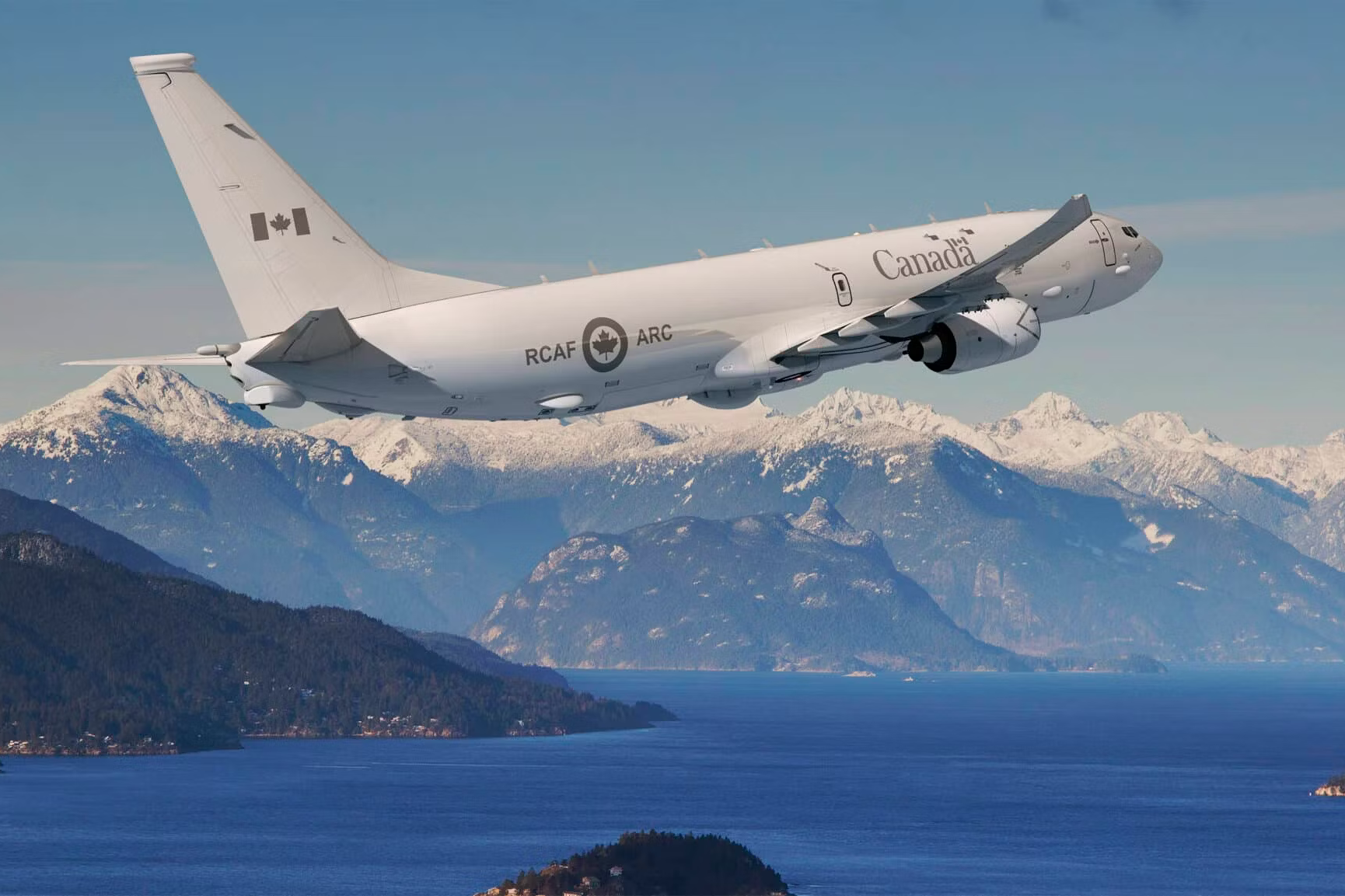
Related
Boeing’s P-8 Poseidon: What Weapons Are On Board?
The aircraft features 11 internal and external hardpoints for weapons.
Production and sales
So far, Boeing has produced more than 170 units of the aircraft. As of March 2024, the US Navy fleet squadrons have taken delivery of 119 aircraft, while the remaining have been sold to allied nations. As a result, the aircraft is not exclusively used by the US Navy.
Other notable operators are:
- United Kingdom Royal Air Force (RAF)
- Australia RAF
- New Zealand RAF
- Indian Navy
- Royal Norwegian Air Force
- Royal Canadian Air Force
- German Navy
- Republic of Korea Navy
The type has flown more than 503,783 flight hours and recorded more than 440,558 landings, making it one of the most successful military aircraft in production.
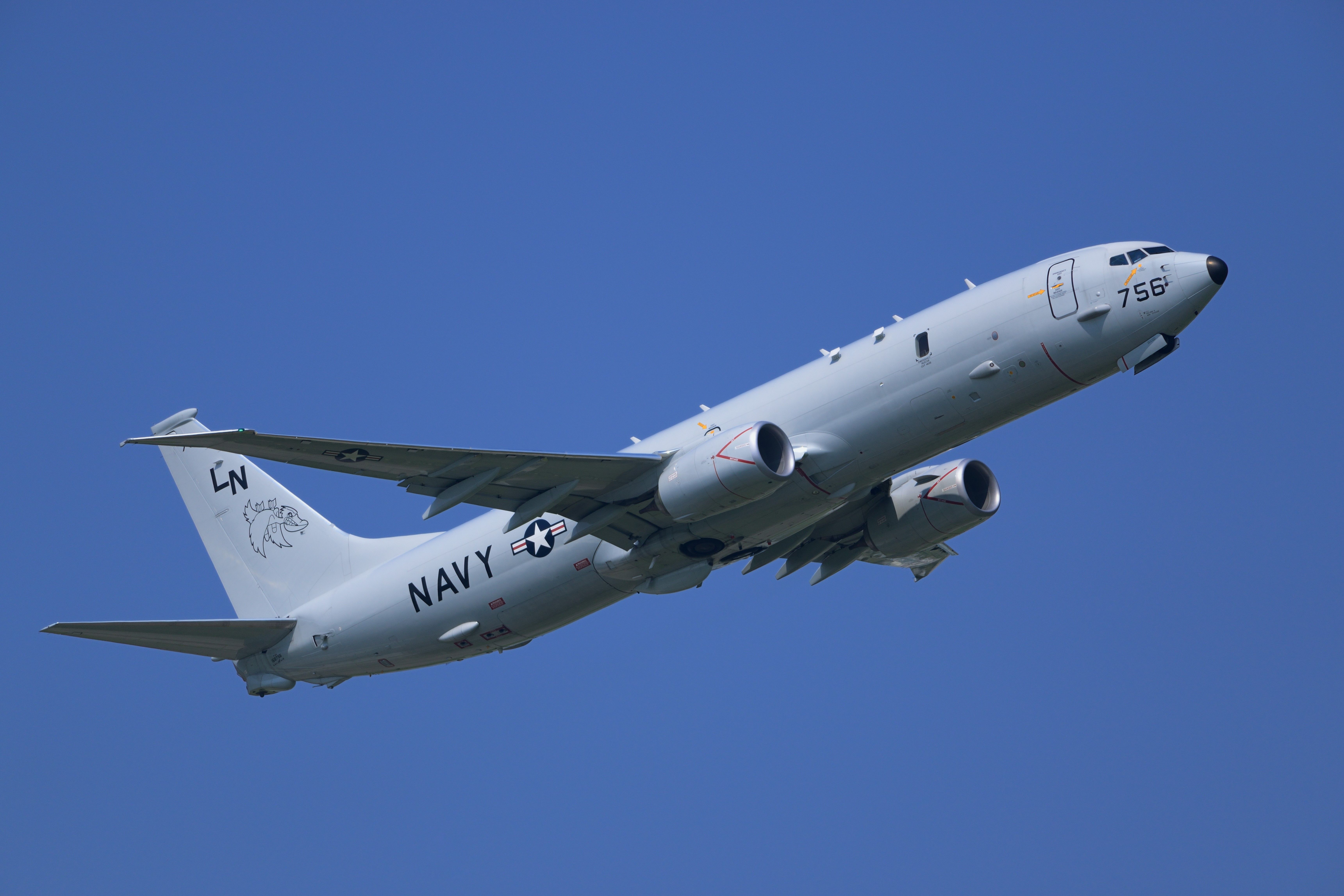
Related
Versatile Twinjet: 5 Things You Might Not Know About The Boeing P-8 Poseidon
Here are five things you might not know about the most “commercial” military jet currently operated.

